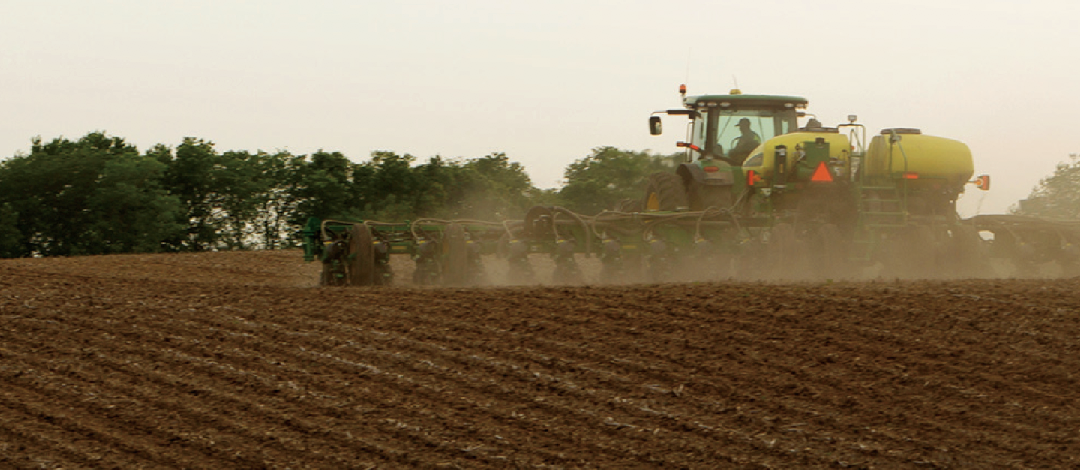Ryan Booton, Sales Agronomist, gives his take on why fungicide is worth your time and investment.
Here are my top 5 reasons for using fungicides in your soybean fields:
- Adjustable application timing: Soybeans are typically treated with fungicide at R3, when pods are at least a quarter of an inch long on the upper four nodes of the plant. At R3, we’re looking to hit frogeye leaf spot, anthracnose and brown spot, except in northern Illinois, where there tends to be a bigger issue with white mold. You have to control white mold early, at R1, because R3 is too late.
- The right program and rate: I recommend growers use Aproach® Prima fungicide at 6.8 oz., applied twice, and remember to use multiple modes of action to reduce the risk of resistance. To get the most benefit, go with the full use rate recommended on the product label.
- It’s economical: Soybean fungicide treatments have been delivering more value for farmers in recent years. Many fungicides can also be used in conjunction with insecticides, letting you accomplish multiple goals in a single spraying pass.
- You can plan treatment when you select your seed: Be sure to evaluate the disease resistance of your soybean varieties and use that to guide your fungicide application strategy. Preplanting is a good time to plan your spraying approach, so you can be ready to treat your fields at the proper growth stage to control disease.
- A likely yield bump: Soybean fungicide applications result in better yields compared to untreated acres 97% of the time. We consistently see a 5.5–7-bushel response in soybeans treated with fungicide.
Here are 5 reasons fungicides are also important when planting corn:
- A strong start: A fungicide labeled for use between V4–V7, such as Aproach Prima fungicide, will depress anthracnose and stalk rot that could come up later in the season, but it also offers other plant health benefits. Application at this stage is almost like giving your corn an energy drink. The fungicide improves greenup and photosynthesis, helping to increase nutrient uptake in the plant. Fungicide can be sprayed along with post-emergence herbicide, making it efficient and economical to apply.
- A strong late-season: A second application around R2 serves as both a preventative and curative. I recommend a product with multiple modes of action at this stage, something with a Group 3 and Group 11 combination such as Aproach Prima fungicide. In addition to keeping diseases at bay, you’ll see similar plant growth benefits during early application. More photosynthesis gives the plant more energy for grain fill. I’ve also noticed that a late application can help extend the harvest window. In corn treated with fungicide, plants tend to maintain better plant integrity.
- Critical corn-on-corn treatment: With more residue in your corn-on-corn acres, there’s a higher risk of what’s called the “splash effect.” When rain falls, spores that are still alive in the previous plant’s residue can infect the new crop’s leaves. If the winter has been mild, spores are more likely to have survived into spring.
- Protect your hybrids: Pay careful attention to the disease resistance profile of your hybrid selections to determine if fungicide should be part of your season plan. If you choose a really high-yielding hybrid that’s only got an average resistance to gray leaf spot, you’ll want to plan ahead to use a fungicide to offset that possible risk and make sure you can maximize the yield potential in that hybrid.
- Harvest benefits: Some growers may not feel fungicide is worth the investment if they’re not seeing much disease in the field, but don’t forget about the dollar difference you could see at harvest. In 2018, harvest was delayed because of the rain, and fields that had been treated later-season with fungicide really held together well. Untreated fields were full of stalks laying on the ground, and that meant significant yield loss.

